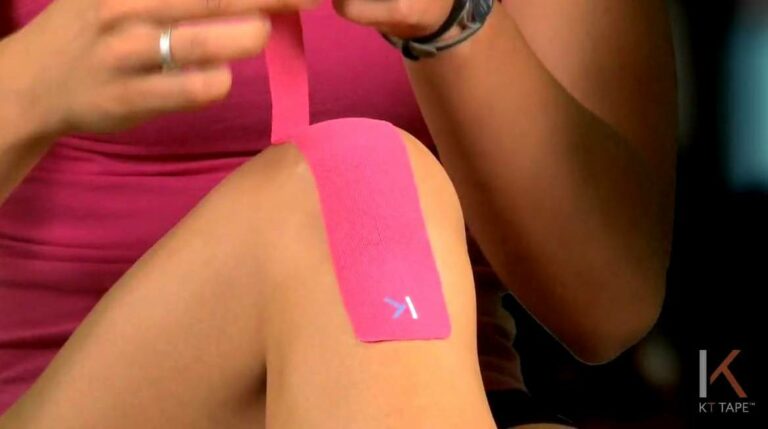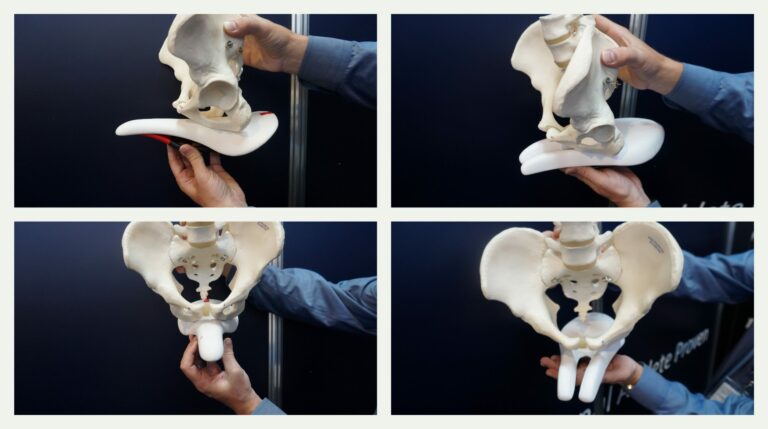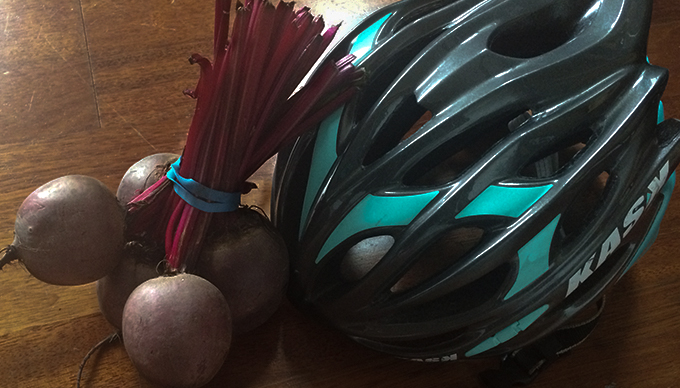
It’s common for female athletes at the pinnacle of fitness to be experiencing some sort of menstrual irregularity. Unfortunately, however, the problem doesn’t just affect women who have made a career from their sport.
When we spoke to Dr Stacy Sims, an exercise physiologist and nutrition scientist with two decades in the field, she told us: “[The number of active women having irregular periods] is a bit sport dependent- but some research has stated endurance athletes are as high as 90%.”
[The number of active women having irregular periods] is a bit sport dependent- but some research has stated endurance athletes are as high as 90%
Dr Sims is also a longtime endurance athlete, as well as being the chief researcher and co-founder of Osmo Nutrition – she knows her stuff.
Unfortunately, research into the issue isn’t carried out regularly and education is lacking. Despite the common nature of women suffering from amenorrhea (a lack of ovulation) a shortfall of understanding among regular GPs means few of them are getting to the cause of the problem and able to address it.
The current treatment for women experiencing irregularity
GPs are very busy, and they can’t specialise in all things. We understand that, and it’s why we’re thankful specialists such as Dr Sims are able to dig deeper.
Often when a woman suffering from irregular or non-existent menstruation visits the doctor the immediate reaction is to look for a simple solution – such as prescribing a hormone based contraceptive pill, suggesting the patient is underweight when they are within healthy limits, or that they should exercise less. It has even been suggested that just 8 hours of exercise a week could be “too much” for women to continue to ovulate – not good for those of us who like long bike rides!
Sims told us: “Oh, I’ve heard some doozies, from ‘you need to stop exercising so much’ to ‘well, take this Oral Contraceptive Pill (OCP) and you’ll have a normal cycle’. But an OCP does not give a normal cycle – the bleeding is withdrawal bleed, not a normal response to the process of ovulation. The Pill has so many side effects for the female athlete, that I try to get my athlete to use the progestin only mini pill (less systemic side effects) or better yet the IUD (localized progestin dosage or no hormone at all).”
As well as treatment, the reasons behind the irregularity are also not always understood. Sims said: “The common misbelief is low weight or low body fat [causes irregularity], but a woman can be normal weight and 28% body fat but still experience amenorrhea. Amenorrhea occurs due to high stress- not necessarily the stress we perceive – such as a busy life, job, kids, training, low sleep – although this contributes to it, but stress the body perceives as a threat to fertility”.
Could Low Carb be the Real Cause?
Sims has an interesting take on what could be the cause of this perceived threat: “In our modern world of diet trends, and trying to lose weight [often through] cutting carbs, we create an immense physiological stress on the body.
“When a woman has a diet that is too low in carbohydrate it causes a continuously elevated cortisol [a hormone raised by physiological stress] profile” (check out THIS article to find out how elevated cortisol levels can cause weight gain.)
Sims clarifies quickly that by too low in carbohydrate she isn’t talking women avoiding talking refined carbs like pasta, white rice, processed foods and sugars – she advocates a “clean” diet. The danger is where women are also avoiding tubars (potatoes), starchy veg and natural grains.
“Some cortisol is good- but when we can’t lower it and have a chronically elevated baseline of cortisol, our DHEA takes a hit. DHEA is the antagonist of cortisol, it is the precursor to making testosterone, estrogen, progesterone. Once cortisol is elevated, progesterone can be converted to MORE cortisol. This is because the body becomes less and less sensitive to cortisol, a little bit akin to needing a stronger and stronger caffeine hit as you become accustomed to it.
“Basically high cortisol means low DHEA, which starts the path to menstrual dysfunction, as well as other complications if it goes unchecked. Effectively, as a woman begins to train harder and jumps on to the low carb bandwagon, her body goes into a perceived starvation mode – shutting down fertility and creating the environment for menstrual dysfunction.”
There you go – even if you maintain a healthy body far percentage, your body could still be in a starvation mode due to incorrect protein to carbohydrate distribution on your plate.
What are the dangers and what can we do?
The effects of long term amenorrhea aren’t great, either. Sims explains: “Fertility and bone density take a hit [this can lead to osteoporosis], and the offshoot of elevated cortisol is glucose metabolism issues, thyroid problems, and the inability to lean up, even perpetual belly fat; and longer term issues with aging.”
Asked how we should address the issue, she said: “First get some blood tests to see what’s happening with cortisol, DHEA, estrogen, progesterone, and testosterone.
“This can be eye opening in terms of what dietary interventions could be most beneficial. You can often have blood tests via the NHS, but if there are no blood tests available, try a change in diet.
“Try upping complex carbs (fruit, vegetables, tubers like potatoes, and grains) to meet a minimum of 130-150g of carbohydrate a day – remember that the brain needs around 100-120g glucose a day just to function so this is not too much.
“You should also try to ensure you have around 10g protein (equivalent of 3-5g BCAAs) before training and 30g protein within 30min of finishing exercise – this will knock cortisol back”.
“If, however, blood tests reveal you have the underpinnings of adrenal fatigue with skewed Cortisol:DHEA ratios, there are non-DHEA supplements available to “reset” this – Adreset is a good example. I’m not generally a fan of supplements, but in some cases they can be helpful.”
It is also sometimes suggested that women cut down on exercise – not something those of us who relish time in the saddle want to hear. The good news is, Simms says the emphasis should be more on diet than exercise “In terms of how much exercise you should do, every woman is different. I would suggest women should focus more on regulating food and exercise to ensure they do not get into a highly stressed/cortisol state. [How many hours women should do varies] for some [the ideal limit] could be 6-8/h a week for others it could be 20h/week – blood tests are super telling!”
Want to know more about getting the carb/protein balance right? Check out this Ask The Expert with nutritionist Liz Tucker and Olympic track rider, Ed Clancy.





